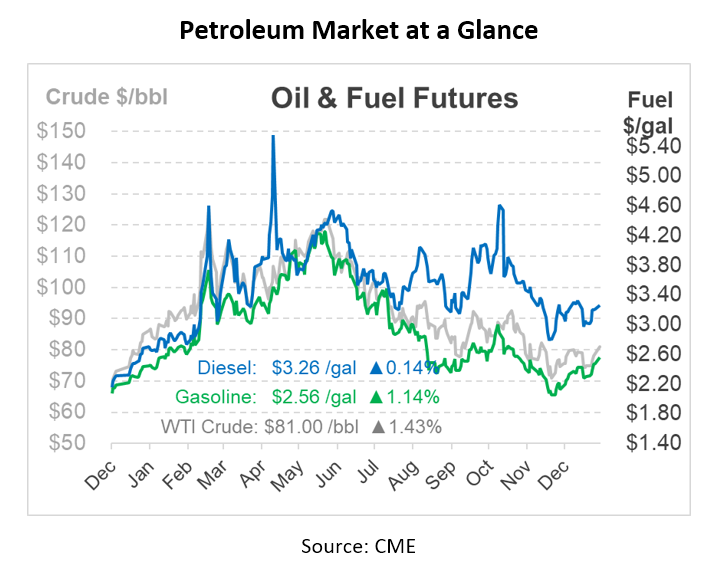
New Trucking Emission Requirements – Will They Help or Hurt?
New tailpipe emissions standards for trucks, initially posed by the US Environmental Protection Agency last March, have raised questions as to whether the new directives will do more harm than good. These regulations are being set forth as the Biden Administration’s “Clean Trucks Plan.” It will require all heavy-duty trucks to meet more robust emission standards beginning in 2027. The plan will be implemented in conjunction with the EPA’s Clean Air Act to maximize NOx and GHG emission reductions, further paving the road to net-zero goals.
What is the Clean Trucks Plan?
On December 20th, the EPA issued the new rule of “80% stronger” emissions for all heavy-duty vehicles by 2027. Under the Clean Trucks Plan, heavy commercial vehicles will have to reduce NOx emissions to 0.035 grams per horsepower while in normal operation. During a low load, they will have to reduce to 0.50 grams and 10 grams while idle. This regulation will also extend warranties to 450,000 miles – up from 100,000 miles.
Truck model year 2027 and beyond will be made to include the clean air standard update. The EPA said in a statement that this plan is “the strongest-ever national clean air standards to cut smog- and soot-forming emissions from heavy-duty trucks.” As more and more clean vehicles are in production after these regulations are enacted, the road to net zero may be in sight.
Some are Confident – Others Not So Much
Important to note is that heavy-duty trucks fall second place in GHG emissions to light-duty vehicles. The new plan will change operability levels while the truck is idling, in touch-and-go traffic, or running at slower speeds. NOx emissions from trucks are a major contributor to air pollution, which is why the Biden administration claims that the plan could save $250 billion in public health costs and $29 billion in annual benefits by 2045.
While the EPA has stated its confidence in the Clean Trucks Plan, many trucking companies and industry experts are skeptical. They feel that the new regulations will be too costly for both manufacturers and consumers. Experts have been quick to point out that these regulations will cost trucking companies billions to replace old inventory or update existing inventory to meet new requirements. Yet it’s unclear if the benefits of reduced emissions will outweigh the costs. There are worries that trucking companies will push back and continue driving older trucks, further pushing net-zero goals down the road.
Mansfield’s Jim Timmer, VP of Diesel Exhaust Fluid, says, “When I discuss with truck engine manufacturers their plan to meet the new emissions, they are telling me that adding a second SCR or software fixes to fire fewer pistons during idle is their priority. We’ll see where the new regulations take the industry, but the earliest I foresee an impact will be 2027.”
The EPA has made it clear that they want to see the trucking industry move towards an eco-friendlier environment, but it is up to the manufacturers, truck drivers, and companies to make the net-zero plan work. A focus on innovation and not just compliance will be crucial as industries come together toward one goal. While some companies may be able to absorb these changes better than others, we can expect that many will need help in making their fleets more efficient while remaining competitive.
This article is part of Daily Market News & Insights
Tagged:
MARKET CONDITION REPORT - DISCLAIMER
The information contained herein is derived from sources believed to be reliable; however, this information is not guaranteed as to its accuracy or completeness. Furthermore, no responsibility is assumed for use of this material and no express or implied warranties or guarantees are made. This material and any view or comment expressed herein are provided for informational purposes only and should not be construed in any way as an inducement or recommendation to buy or sell products, commodity futures or options contracts.







